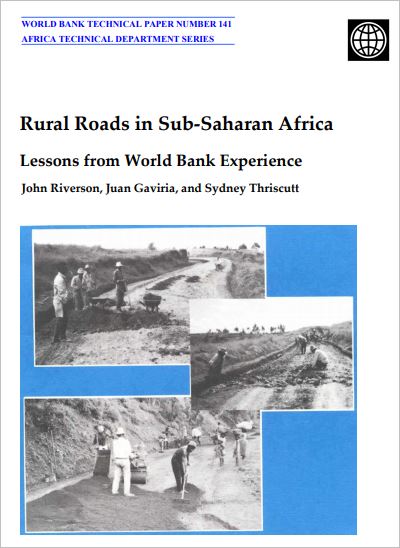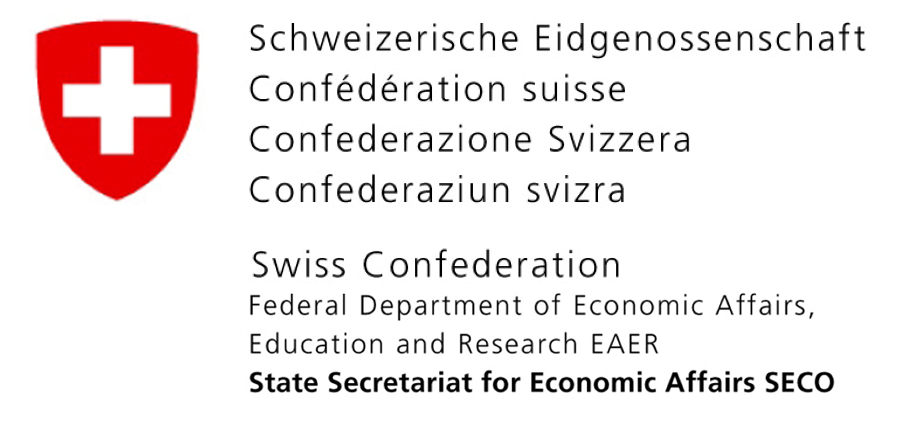Rural Roads in Sub-Saharan Africa: Lessons from World Bank Experience
John Riverson, Juan Gaviria, and Sydney Thriscutt

This report, prepared under the Rural Travel and Transport Project of SSATP, presents findings from a review of 127 projects with rural road components in SSA. The review highlights key policy changes discussed under the main headings of planning, design and technology, resource mobilization, and sectoral organization and institutional performance. Planning is seen as a process involving key constituencies at various levels rather than a methodology. Prevailing financial constrains and low traffic volumes suggest that the majority of SSA rural roads should be designed to provide essential access, emphasizing spot surface improvements and better drainage. The author also stresses the need to eventually involve local funding administrered by local organizations, with technical advice from central authority. However, competition for resources is fierce at the local level, and investigation is necessary to evolve suitable methods for rural road maintenance, funded and administered by local organizations. Finally, institutional problems were found to predominate in rural road projects, but improvement has been slow. Although setups should accommodate local conditions, the most effective institutional arrangement is likely to be through a small centralized agency which can act as a focus for policies, planning and funding for rual roads. Operations should then be undertaken through local organizations responsible for maintenance








